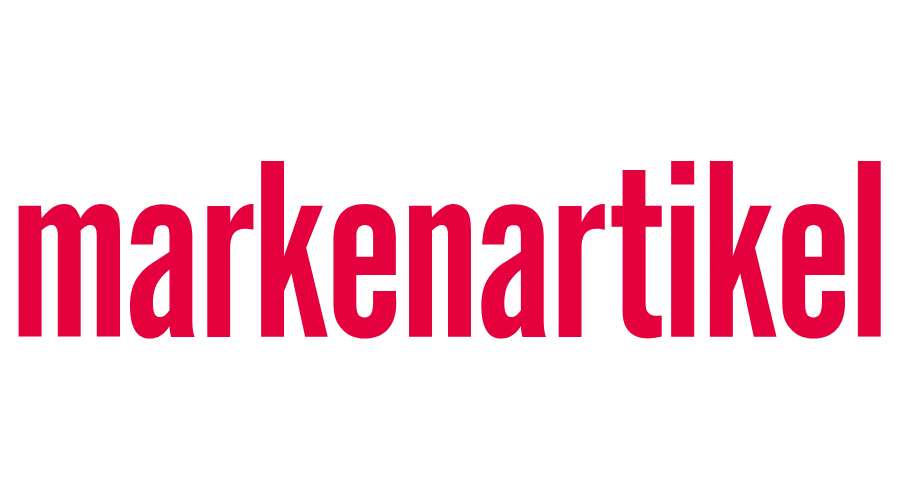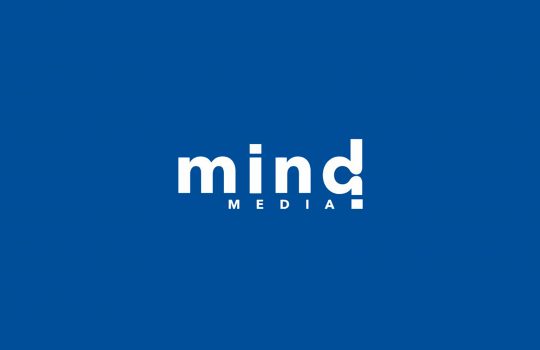Month: June 2022
From The Shield of Brand Safety To The Full Body Armour of Brand Suitability
Q&A: Marcus Pousette on the Importance of Brand Suitability and Brand Safety
3 Lessons We Can Learn from Early Social Media Platforms
3 Popular Media Consumption Habits of Millennials and Gen Z
The COVID-19 pandemic drastically changed peoples’ relationships with brands and media. With everyone in lockdown away from work and school, nearly every platform saw boosts in traffic, offering new insights on media consumption habits.
The media consumption habits of millennials (those born between 1981 and 1996) and Generation Z (those born between 1997 and 2021) should interest brands and agencies. What’s changed? What stayed the same? Come along with us as we explore some popular media trends.
1. Social Media Consumption Habits
There are more choices than ever for digital entertainment. While movies and TV remain a staple across the globe, younger generations are turning to alternative sources forentertainment.
Thanks to powerful algorithms, social media platforms have evolved to deliver more personalized content, feeding users a steady stream of videos, articles, and even shopping opportunities.
In a recent Channel Factory survey, we determined that many millennials and Gen Zers access platforms like YouTube and Facebook/Meta to find more information about topics of interest. Others specifically turn to YouTube to boost their mood and relax.
Users often become brand ambassadors on social media. In that same survey, we found that 52% of users would share ads if they thought their friends or family would be interested in the product. We also learned that 50% of Generation Z would share ads if they thought the ads were creative and cool.
That said, context matters. Advertisers n must be conscious in targeting the right audience to avoid negative associations.Gen Z media consumption habits show a higher standard for brand suitability, and associate brands with the content they appear with—whether it be an article, TV show, or YouTube video— if the brand misaligns with the content, Gen Z consumers will be more likely to skip the ad. In other words, putting ads next to pimple-popping videos might damage your brand image.
2. The Rise of Gaming
Gen Z and millennial media consumption habits include a heavy dose of gaming. In 2020, the video game industry’s revenue grew to $57 billion—more than the movie and music industries combined. Tech companies have taken note, with Microsoft set to acquire publisher Activision Blizzard for $68.7 billion.
For younger generations, gaming is as much a valid entertainment form as movies, television, music, and social media. Deloitte’s digital media trend survey suggests that both millennials and Generation Z spend an average of 11 hours per week playing video games. The survey also suggests that 26% of Gen Zers would rather invest their time playing games than consuming other media.
Deloitte found that games are appealing because they’re easily accessible thanks to smartphones, game consoles, and PCs. They also offer social experiences for players to interact with friends and other users.
3. Subscription Churn
As more studios and tech companies launch their own streaming services, people continue to grow frustrated by content fragmentation. Millennials and Generation Z have little patience for sifting through multiple platforms to find their favorite content.
Consequently, users are more likely to add and cancel subscriptions based on content availability. In their 2022 digital media trends survey, Deloitte found that on average, 33% of people added and canceled at least one streaming subscription. But when you specifically look at millennials and Gen Z, the average is higher—between 46-49%.
Cost is another factor for subscription churning, and younger generations are particularly sensitive to rising prices. That said, they’re far more willing than older generations to come back to a service after canceling. Platforms can win users back by offering discounted or free ad-supported subscription plans.
Understanding Leads to Greater Rewards
Brands that take time to understand the media consumption habits of millennials and Gen Zers will experience significant growth. When positioned correctly, brands can improve their perception among younger audiences and develop strong brand loyalty.
Refer to Channel Factory’s newest research, The Social Effect, for more on consumer shopping habits in 2022. Contact Channel Factory today and learn how you can target the right audience and leverage your brand.
LGBTQ Advocates Say Small Kids Need Pride Month Drag Events, Gender Talks
Les Marques Doivent Mieux Optimiser Leur Politique De Brand Safety New
Pourquoi Et Comment Prendre Des Decisions Marketing Axees Sur Ses Valeurs
How Video Consumption Has Evolved and Changed the Digital Landscape

Media consumption trends have drastically changed over the past few years. From Netflix binges to YouTube tutorials and TikTok dances, video consumption has seeped into almost every aspect of peoples’ lives.
Gen Z and Millennials essentially grew up with the internet. As such, they prefer to watch online videos over traditional television. And when the pandemic shut people indoors, their media consumption habits rapidly changed.
How Has Video Consumption Changed over Time?
There are three notable ways that video consumption has changed over the recent years:
1. Video as the Dominant Form of Entertainment
What once was a novelty in the early days of the internet is now the driving force behind the most popular apps and websites. It’s estimated that video now makes up over 82% of all internet traffic. A good chunk of that traffic includes paid streaming services like Netflix, Disney+, and others.
Streaming certainly disrupted the digital landscape, and the pandemic only accelerated this growth. In a report by Deloitte Insights, average consumers now pay for an average of four streaming services. In addition, about 24% of those people added a new paid streaming service to get the content they wanted.
It’s not just paid streaming services that are seeing growth. User-generated video on social platforms is also exploding.
YouTube reports over 2 billion monthly logged-in users with over 500 hours of content uploaded every minute. Then there’s TikTok, which already has over 1 billion active users on the platform since its launch in 2017.
Even other social media sites, which traditionally weren’t video-heavy platforms, are pushing video interaction into their infrastructure, like Facebook Watch or Instagram’s IGTV and Reels. From 2020 to 2022, Instagram saw a video viewership increase of over 23%, and in the same time frame, Snapchat rose 31.2% in viewership. Social apps are now pivoting to capture more of the demand for video content, even setting aside their traditional features in favor of more engaging short-form video clips.
2. Increasing Reliance on Video
An increasing number of users place more value on video content beyond its pure entertainment value.
In our recently published Channel Factory report, over 56% of those surveyed use YouTube to relax and watch entertaining videos. In the same survey, 41% of Gen Zers specified using video to boost their mood.
In a separate survey sent out by Google (who owns YouTube), they discovered that 1 in 2 Gen Zers and Millennials “don’t know how they’d get through life without video.” Among the reasons given, the number one response was that it helps them “relax and unwind.”
Other respondents stated that they use video to help them solve problems, learn new skills, or dig deeper into their passions and interests.
Another video consumption trend is information gathering, particularly with products. People are turning more and more to video content to learn about a brand or product, watch product demos, or get reviews and recommendations from actual users who have experience with the products in question. Channel Factory recently found that 26% of consumers rely on social video platforms to find information about a product, and 22% have even shopped video ads.
Many brands, manufacturers, and retailers have caught on to this and now leverage video to their advantage. Video can help establish themselves as an authority in their space and communicate their message more effectively than written content. It can also provide a higher ROI than other forms of advertising.
3. High Production Values and Celebrity Names Are Less Important
It turns out you don’t need a huge budget or A-list celebrities to get attention. What you do need is relatable content that speaks to the viewer.
Gen Z and millennial media consumption is more accepting of low-budget productions. In a survey sent out by Google (who owns YouTube), they noted that “traditional TV-era quality markers are less important to viewers than they once were.”
These markers include “high production quality” and “having famous actors,” which all ranked toward the bottom of peoples’ reasons for watching video content.
“Being on a network or platform they like” also ranked low. With so many free and paid streaming services available, users can be more platform-agnostic than ever—they’ll go wherever their favorite content is available and cancel subscriptions that no longer provide them value.
And as evidenced by the incredible growth of platforms like YouTube, TikTok, and Twitch, many users gravitate more toward platforms that allow them to dive deeper into their passions.
Viewers now chase content exploration, with more creators and influencers outside their core interests. In 2022 over 34% of Youtube users and 32.5% of TikTok users said they like to “mix it up” when watching videos. Instead of finding a new show or movie, they’re more likely to learn a new hobby or find info on a new topic.
Take Advantage of Video Consumption Trends
Video consumption is constantly changing, so video creators and advertisers need to take advantage of these trends. Channel Factory can help you optimize your next ad campaign for the best performance. Reach out to us today and drive meaningful results with your videos.









